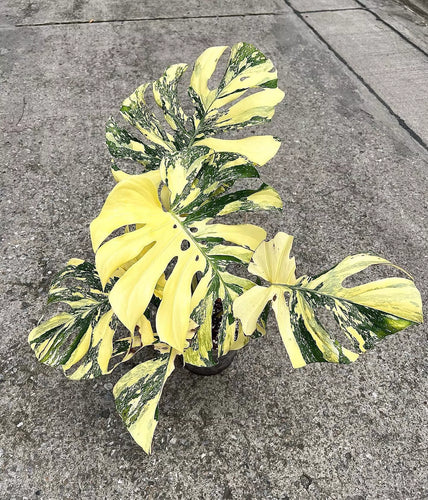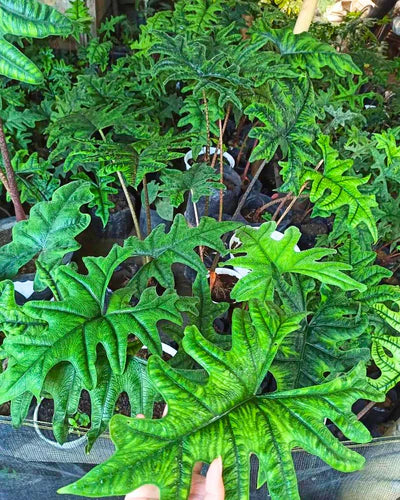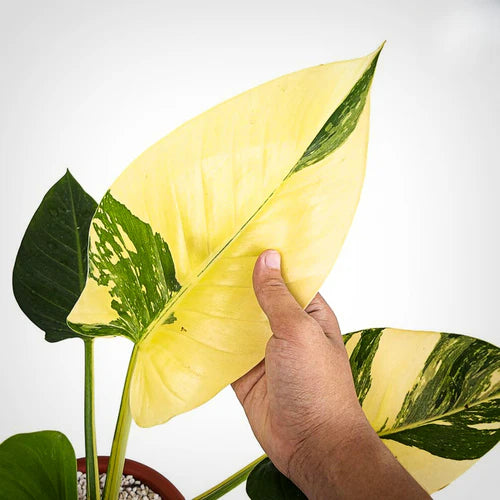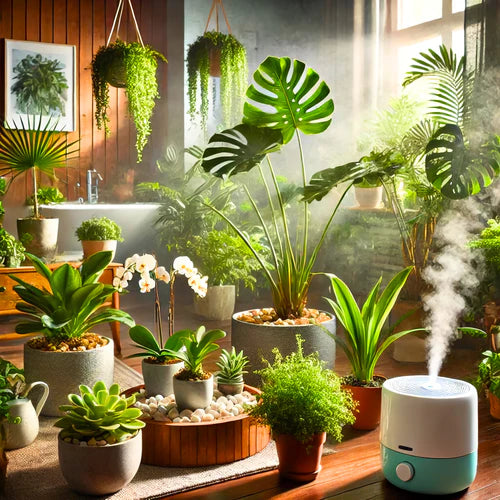8 Rare Aglaonema Houseplants
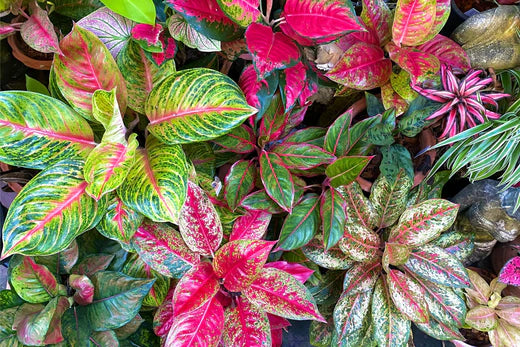
Table of Contents
- Introduction to Rare Aglaonema Houseplants
- Aglaonema Khanza: The Red-Veined Beauty
- Aglaonema Orange Stardust: A Cosmic Wonder
- Aglaonema Pink Sunset: Dusky Delight
- Aglaonema Pink Valentine: A Touch of Romance
- Aglaonema Siam Aurora: A Splash of Pink
- Aglaonema Tricolor Anyamanee: Colorful Tapestry
- Aglaonema Pictum Tricolor: A Work of Art
- Aglaonema Suksom Jaipong: Your Red Queen
- Aglaonema Care Tips for Every Plant Parent
- Common Problems and Solutions in Aglaonema Care
- Where to Find Rare Aglaonema Varieties
- Conclusion: Rare Aglaonemas Are Worth It
Introduction to Rare Aglaonema Houseplants
Aglaonema, commonly known as the Chinese Evergreen, is a popular houseplant known for its striking foliage and low maintenance requirements. In this article, we will explore eight rare Aglaonema houseplants that bring exotic beauty and vibrant colors to indoor environments.
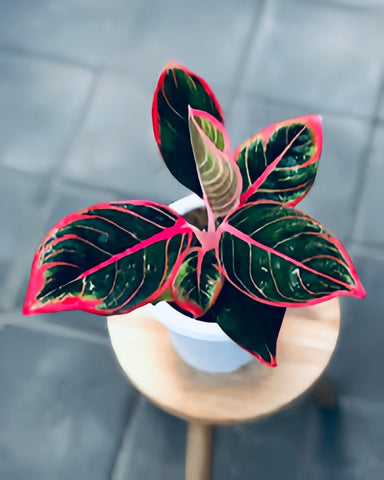
Aglaonema Khanza
The Aglaonema Khanza is a stunning variety known for its striking red veins set against dark green leaves. This rare gem thrives in well-draining soil and prefers moderate watering to prevent root rot. Discover Aglaonema Khanza, a highlight among new arrivals, showcasing its elegance and vibrant colors.
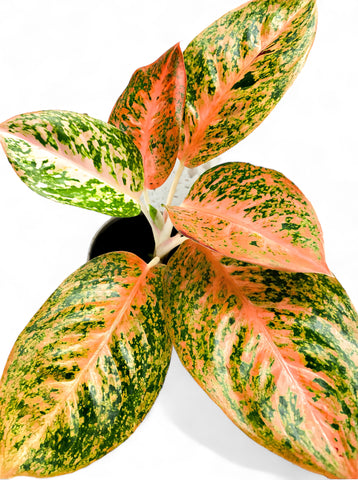
Aglaonema Orange Stardust
The Aglaonema Orange Stardust dazzles with its speckled leaves, where shades of orange and green create a celestial display. This variety demands attention and brings a warm, colorful vibe to any collection. Explore Orange Stardust for a touch of cosmic beauty in your home.
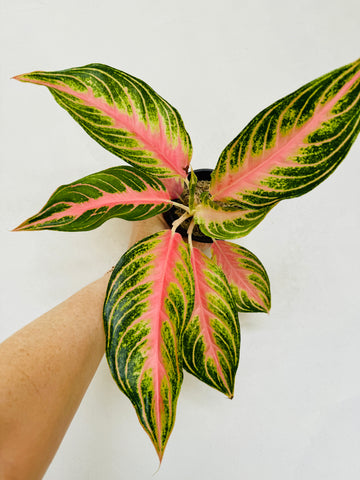
Aglaonema Pink Sunset
Aglaonema Pink Sunset offers a serene display of soft pink hues, resembling a tranquil evening sky. Its gentle colors can complement any decor, making it a sought-after choice for enthusiasts. Find Pink Sunset to bring the calmness of a sunset indoors.
Aglaonema Pink Valentine
The Aglaonema Pink Valentine is celebrated for its romantic, pink-speckled foliage. A symbol of love and beauty, this variety can add a touch of romance to any setting. Choose Pink Valentine for a love-infused atmosphere in your space.
Aglaonema Siam Aurora
With its striking red edges and green center, the Aglaonema Siam Aurora is a vivid masterpiece. This plant not only decorates the room but also purifies the air, making it both beautiful and beneficial. Select Siam Aurora for a splash of color and vitality.
Aglaonema Tricolor Anyamanee
Aglaonema Tricolor Anyamanee is a spectacle of green, white, and pink, offering a tricolor treat to the eyes. Its variegated leaves are perfect for those seeking a unique and rare addition to their collection. Discover Tricolor Anyamanee to brighten up your indoor garden.
Aglaonema Pictum Tricolor
Known for its camouflage-patterned leaves, the Aglaonema Pictum Tricolor is truly one-of-a-kind. This rare plant requires careful attention but rewards with its extraordinary appearance. Explore Pictum Tricolor for an intriguing and artistic flair in your plant collection.
Aglaonema Suksom Jaipong
A rare houseplant prized for its vibrant red foliage, sure to captivate any plant enthusiast! With its stunning hues, this plant effortlessly adds a pop of color to any room, making it a standout feature in your indoor plant jungle.
Common Problems and Solutions in Aglaonema Care
Even the most exotic Aglaonemas can face challenges. Here are solutions to common issues:
- Yellow Leaves: Often a sign of overwatering. Let the soil dry out more between watering sessions.
- Brown Tips: Could indicate low humidity. Try increasing humidity levels with a humidifier or pebble tray.
- Pest Infestations: Keep an eye out for pests like spider mites and mealybugs. Treat with insecticidal soap or neem oil as needed.
Where to Find Rare Aglaonema Varieties
Discovering rare Aglaonema houseplants can be an exciting quest. Check out specialized nurseries or online plant shops that offer exotic collections. Websites like Plant Vault regularly update their stock with new and rare finds.
Aglaonema Care Tips for Every Plant Parent
Caring for Aglaonema, also known as Chinese Evergreen, involves understanding their basic needs, which are quite similar across different varieties. Here's a consolidated care guide that applies to all the exotic Aglaonema plants mentioned:
Optimal Lighting and Placement
- Light: Aglaonema thrives in low to medium light. Bright, indirect sunlight is ideal. Avoid direct sunlight, which can scorch their leaves.
- Location: Place them in a spot that receives filtered light, like near a north-facing window or behind sheer curtains.
Watering and Humidity
- Water: Water when the top 1-2 inches of soil feel dry. These plants prefer consistently moist soil but not soggy. Overwatering can lead to root rot.
- Humidity: They love high humidity. Regular misting, a pebble tray, or a humidifier can help meet their needs.
Soil and Fertilization
- Soil: Use a well-draining, peat-based potting mix. Adding perlite and orchid bark can improve drainage and aeration.
- Fertilizer: Feed with a balanced, liquid fertilizer diluted to half strength, every 4-6 weeks during the growing season (spring and summer).
Pruning and Maintenance
- Pruning: Trim any yellow or damaged leaves to keep the plant healthy and aesthetically pleasing. Regular pruning also encourages fuller growth.
- Cleaning: Wipe the leaves gently with a damp cloth to remove dust and help the plant breathe and photosynthesize efficiently.
Repotting and Propagation
- Repotting: Repot every 2-3 years or when the plant becomes root-bound. Spring is the best time for repotting to give the plant time to recover and grow.
- Propagation: Aglaonema can be easily propagated through stem cuttings or by separating the plant during repotting.
Aglaonema FAQ - Care and Maintenance
Q: Can Aglaonema be grown in low light? A: Yes, Aglaonema can grow in low light, making it ideal for indoor environments with limited natural light.
Q: How often should Aglaonema be watered? A: Water when the topsoil becomes dry. Typically, this means watering once a week, but adjust based on the humidity and light in your home.
Q: Are Aglaonema plants toxic to pets? A: Yes, Aglaonema plants contain compounds that can be toxic to cats and dogs if ingested, so it's best to keep them out of reach.
Q: What does an overwatered Aglaonema look like? An overwatered Aglaonema typically exhibits yellowing leaves, especially near the base of the plant. The leaves may also feel soft and mushy to the touch, and you might notice a musty odor indicative of root rot.
Q: How do you make Aglaonema bushy? To encourage a bushier growth in Aglaonema, regularly prune the plant by cutting just above a leaf node. This promotes the plant to branch out. Also, ensure it receives adequate light and fertilizer to stimulate growth.
Q: Where is the best place to put Aglaonema? Aglaonema thrives in low to medium light, so place it in a spot with bright, indirect sunlight. A north-facing window or a location that receives filtered light through sheer curtains is ideal. Avoid direct sunlight to prevent leaf burn.
Q: Does Aglaonema flower? Yes, Aglaonema can flower, producing small, white or greenish spathes similar to those of peace lilies. However, the flowers are not very showy and the plant is primarily grown for its attractive foliage.
Q: How do you keep Aglaonema pink? To maintain the vibrant pink coloration, provide bright, indirect light. Too much shade can cause the pink color to fade. However, avoid direct sunlight, which can scorch the leaves. Balanced nutrition and adequate light are key.
Q: How big does Aglaonema get? Aglaonema can grow between 1 to 3 feet tall and wide, depending on the variety and the care provided. Regular pruning can manage its size and promote a fuller appearance.
Q: Is Aglaonema toxic to dogs? Yes, Aglaonema is toxic to dogs (and cats) if ingested. It contains calcium oxalate crystals, which can cause oral irritation, drooling, vomiting, and difficulty swallowing.
Q: What is the best potting mix for Aglaonema? A well-draining, peat-based potting mix is ideal for Aglaonema. You can create a suitable mix by combining peat moss, perlite, and pine bark. The soil should retain moisture without becoming waterlogged to prevent root rot.
Final Thoughts on Rare Aglaonema
Owning a rare Aglaonema or even common one is a delightful experience for any plant lover. Their gorgeous color combinations and patterns can add a touch of different color in any space. With the right care, these rare varieties of Aglaonema will not only survive but thrive, becoming a cherished part of your plant collection. Explore the world of rare Aglaonemas at Plant Vault and bring a piece of exotic beauty into your home or office!







